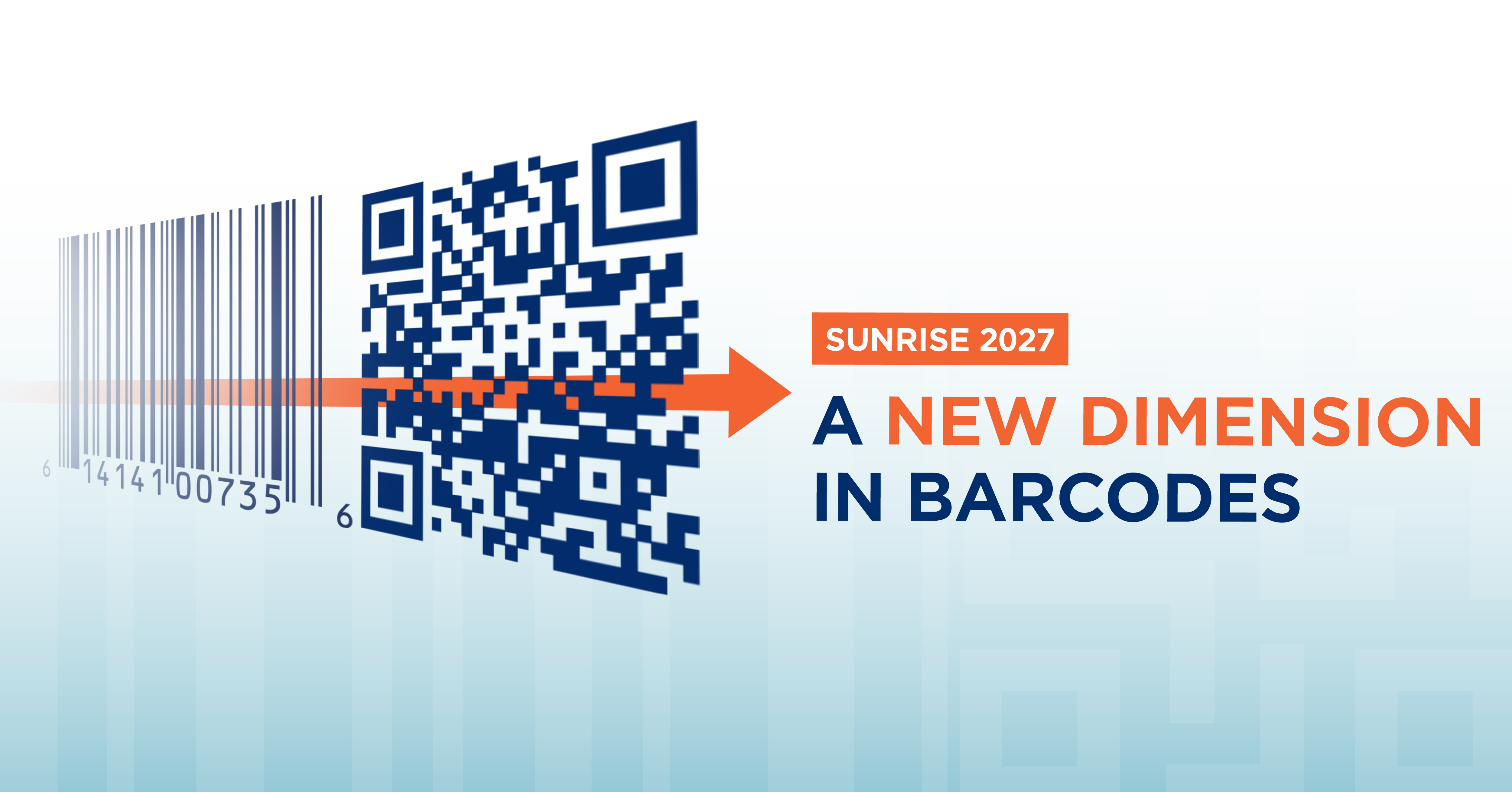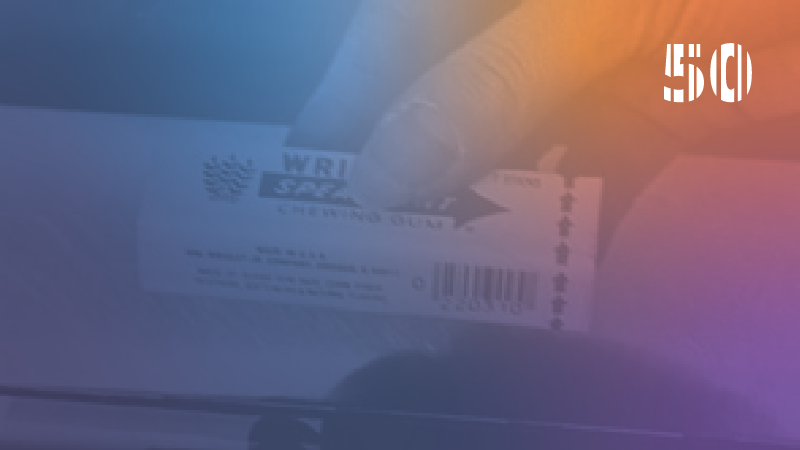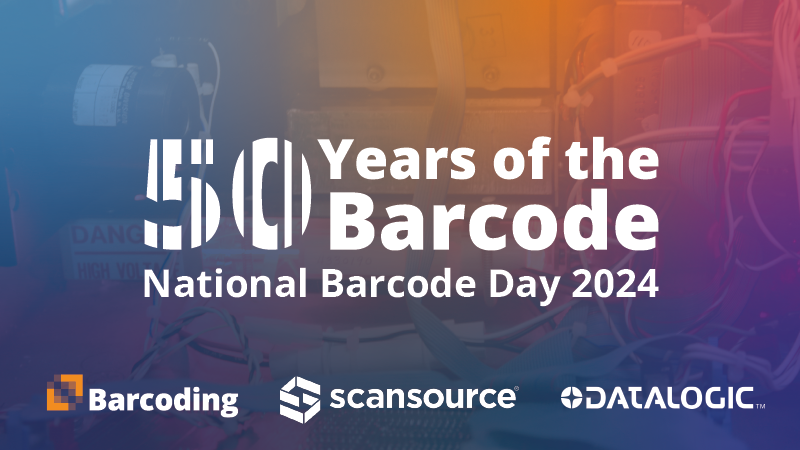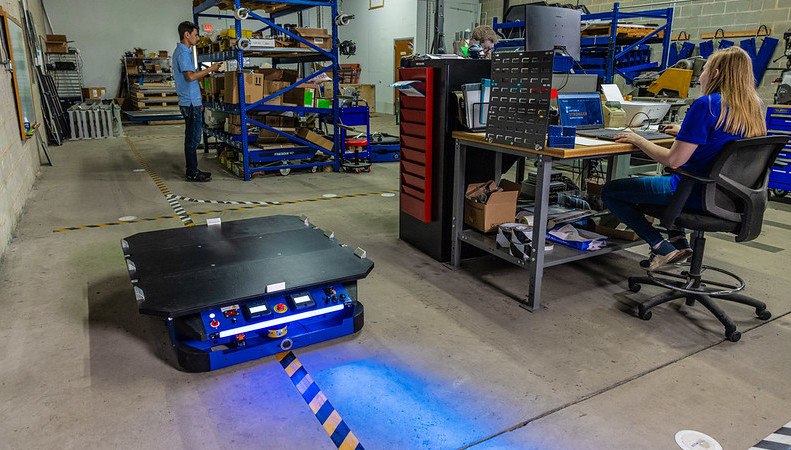While the U.P.C. barcode has automated price lookup functionality for nearly 50 years, this one-dimensional data carrier can no longer keep up with today’s growing consumer demands for rich product information. Shoppers are more connected and curious than ever, and they are craving digital access to dynamic, current information at their fingertips. According to a recent study by The Food Industry Association and NielsenIQ, 79% of shoppers said they are typically more loyal to brands that offer more in-depth information than what's on the physical product packaging. Brands have recognized that offering digital access to content is key to remaining competitive while delivering the optimal consumer experience.
As such, the industry has made the commitment to transition to two-dimensional (2D) barcodes on product packaging that are able to carry more data and share that next level of information with consumers via a simple, smartphone scan. 2D barcodes allow for a single, standardized way to meet evolving consumer requirements, while still being able to automate the checkout process.
As a neutral global standards body, GS1 US has been coordinating this effort to ensure that recommendations and guidance include the needs of all stakeholders to produce a fully interoperable, global solution.
Sunrise 2027 – A New Dimension in Barcodes
In 2020, the initiative known as Sunrise 2027 kicked off, whereby brands and retailers, with the help of GS1 US, committed to adopting 2D barcodes on product packaging by 2027. The primary goals of this work are to ensure that retail point-of-sale (POS) can scan and process 2D barcodes to perform price look-up and also equip consumers with product information via packaging. To aid industry, GS1 US published a guideline to help the retail industry implement GS1 Digital Link, a standard allowing brands to web-enable barcodes and provide consumers with rich product information. With a single scan of a 2D barcode (e.g., QR code or Data Matrix) that is encoded with GS1 Digital Link, consumers can access unlimited and instantly updated, brand-authorized content online, including product data, promotions, and more, while still being able to perform price look-up at retail point-of-sale.
GS1 Digital Link leverages Global Trade Item Numbers (GTINs) for product identification, which have been encoded into U.P.C. barcodes to uniquely identify products for more than five decades. Embedding the GTIN in a 2D data carrier using GS1 Digital Link connects the physical product to the web. The standard helps eliminate the need for multiple on-pack barcodes, freeing up space for brand expression and supporting industry’s need for a more robust data carrier.
This next-level of data carrier also supports retailer business processes and supply chain needs, enabling faster and more accurate product traceability, efficient inventory management, recall readiness, sustainability, and product authentication through access to expanded product details.
Industry Migration Plan
GS1 US is working with industry globally to create requirements, conduct testing, analyze results and provide recommendations to optimize 2D barcode placement, read priority, and scanning performance in both the dual (U.P.C. + 2D) and single (2D) marking scenarios. For a period of time, shoppers can expect to see co-labeled U.P.C. and 2D barcodes until brands fully transition.
As ‘Sunrise’ is on the horizon, GS1 US continues to engage industry to help retailers assess their readiness for the next generation in data carriers. In 2022, GS1 US published a Barcode Capabilities Test Kit to aid in that process. Three national retailers and their solution providers participated in a Test Kit pilot, and results showed that POS systems must be transformed to process 2D barcodes, interpret new data, and maintain efficient checkout. Although retailers in the pilot had image scanners installed, testing revealed numerous readiness challenges in successfully scanning, processing, and storing data. This indicates that hardware and software infrastructure across all POS formats needs to evolve.
The implementation of GS1 Standards has laid the foundation for unparalleled supply chain visibility, sustainability and safety for decades. As the work and migration to 2D continues, GS1 US will continue to lead industry through education and training, developing guidance and facilitating pilots to modernize business processes, while taking consumer engagement to the next level in the years ahead.





